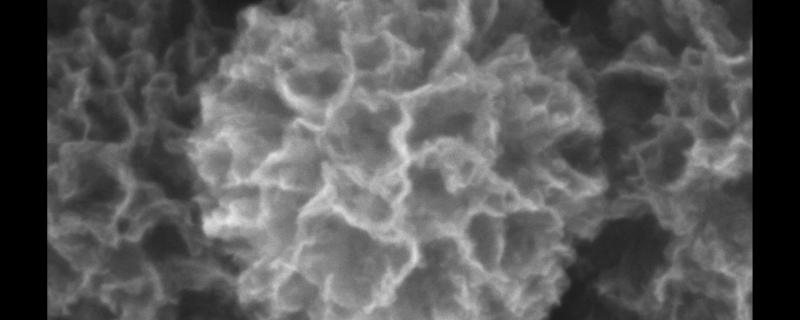New design in thermoelectric devices can increase both output power and efficiency
A significant problem in electronic devices is the generation of heat during their operation. This phenomenon not only leads to the wastage of electric power but can also damage the device. Thermoelectric materials, which convert heat to electricity and vice versa, can be used to turn the generated heat back into electricity, thereby saving power and avoiding overheating of the device.



![Alexander van Dijk from San Francisco, United States [CC BY 2.0 (https://creativecommons.org/licenses/by/2.0)] An Inexpensive Approach to Patterning Cells in a Lab](/sites/researchmatters/files/styles/large_front_800x320/public/image1.png?itok=HS4T0uM7)



![The first ever photograph of a black hole at the centre of M87. [Image credit: Event Horizon Telescope Consortium] Black hole shadows could throw light on dark matter](/sites/researchmatters/files/styles/large_front_800x320/public/20190410-78m-4000x2330.jpg?itok=lFGaANOS)
![Gangulybiswarup via Wikimedia Commons [CC BY-SA 3.0] Study finds younger women in India do not have better jobs than their mothers](/sites/researchmatters/files/styles/large_front_800x320/public/iitb_6.jpg?itok=vH_tJOP5)

